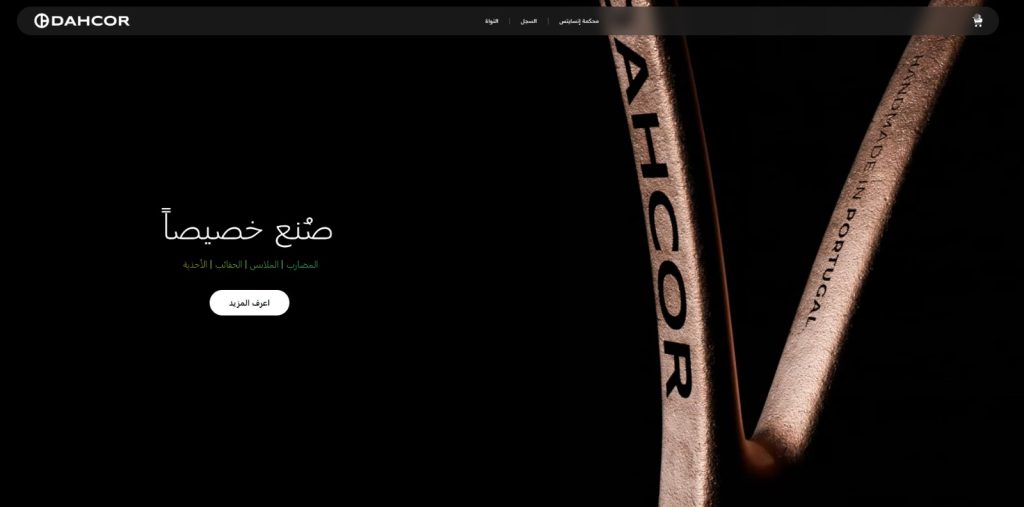From Core to Carbon: The Future of Customization and Longevity
Padel rackets are more than just equipment; they are an extension of the player’s game. Choosing the right racket involves understanding its shape, materials, durability, and when to replace it for optimal performance. However, with sustainability becoming an increasing concern, the future of padel rackets may lie in modular core technology, a concept DAHCOR is pioneering to redefine how players interact with their equipment.
Racket Shapes and Their Impact on Playability
The shape of a padel racket determines its balance, sweet spot location, and power-to-control ratio. There are three main shapes:
- Round – The most forgiving shape, featuring a large sweet spot near the center of the racket. It offers maximum control and maneuverability, making it ideal for beginners or defensive players who prioritize consistency over power.
- Teardrop – A balanced mix of power and control, this shape has a slightly higher sweet spot than round rackets. It is a great all-around choice for intermediate players and those who seek versatility.
- Diamond – The most aggressive shape, with a head-heavy balance and a sweet spot located high on the racket. Designed for powerful smashes, this shape is favored by advanced players who can consistently hit the sweet spot.
Choosing the right shape depends on playstyle and skill level. While round rackets favor precision, diamond-shaped rackets enhance attacking play, and teardrop rackets provide a balance between the two.
The Role of Materials: Fibers vs. Core Composition
Padel rackets are constructed from a combination of fibers (for the frame and face) and a core (for responsiveness and feel). These materials influence durability, weight, and comfort.
Fiber Composition (Frame & Face)
- Carbon Fiber – The top choice for durability, stiffness, and power. It provides a firm response and longer lifespan, making it the go-to material for high-performance rackets.
- Fiberglass – A more elastic material that offers a softer feel and extra comfort, though it is heavier and less durable than carbon.
- Kevlar Reinforcements – Some high-end rackets incorporate Kevlar for extra impact resistance, reducing vibrations while maintaining stiffness.
Core Composition (EVA vs. Foam)
- Soft EVA – Provides a comfortable feel and easy power, absorbing vibrations and reducing arm strain. Ideal for players seeking comfort and effortless depth.
- Hard EVA – Offers maximum control and precision, but requires a more refined technique to fully benefit from its characteristics.
- Polyethylene Foam – The softest option, absorbing vibrations effectively but with reduced durability compared to EVA.
The choice between fiber stiffness and core elasticity defines how a racket behaves on the court, making material selection crucial for optimizing performance.
When to Replace a Padel Racket?
Unlike tennis rackets, which can be restrung, padel rackets lose performance over time as their core compresses and fibers weaken. The average lifespan of a padel racket depends on play frequency:
- Casual players (1-2 times a week) – A racket may last 1.5 to 2 years before losing its optimal feel.
- Frequent players (3-4 times a week) – Rackets tend to wear out within 8-12 months.
- Daily players – A racket’s lifespan can be as short as 6 months, depending on intensity.
Signs That a Racket Needs Replacement
- Reduced Power and Control – The racket feels less responsive and requires extra effort to generate the same shot depth.
- Increased Vibrations – A worn-out core transmits more shock to the player’s arm, increasing the risk of injury.
- Cracks or Soft Spots – Visible cracks on the frame or depressions in the hitting surface indicate significant material fatigue.
- Dull Sound on Impact – A muted, inconsistent sound when striking the ball is a sign that the core has lost its original elasticity.
Recognizing these signs early prevents injury and performance decline.
The Future: Modular Core Technology
One of the biggest limitations in padel is that once a racket’s core deteriorates, the entire racket must be replaced. This creates excessive waste and costs, since the frame and fiber components often remain intact. To address this, DAHCOR is leading R&D into modular core technology, allowing players to replace the core without discarding the entire racket.
How Modular Cores Would Revolutionize Padel
- Extended Racket Lifespan – Instead of buying a new racket, players would swap out an old core for a fresh one, reducing waste and costs.
- Adjustable Performance – Players could fine-tune their racket by changing the core based on playing conditions (e.g., soft core for more comfort, firm core for added power).
- Environmental Impact – By reusing the frame and face materials, modular rackets would significantly reduce landfill waste and carbon footprint.
This innovation would change the industry standard, making rackets as customizable as tennis strings while promoting sustainability.
Conclusion: Performance, Sustainability, and Customization
The evolution of padel racket technology is shaping how players experience the game. While current rackets demand careful selection based on shape, materials, and wear, the future lies in customizable performance solutions.
DAHCOR is committed to redefining padel racket design, ensuring that players not only get the best performance but also contribute to a more sustainable and adaptable future in the sport.

